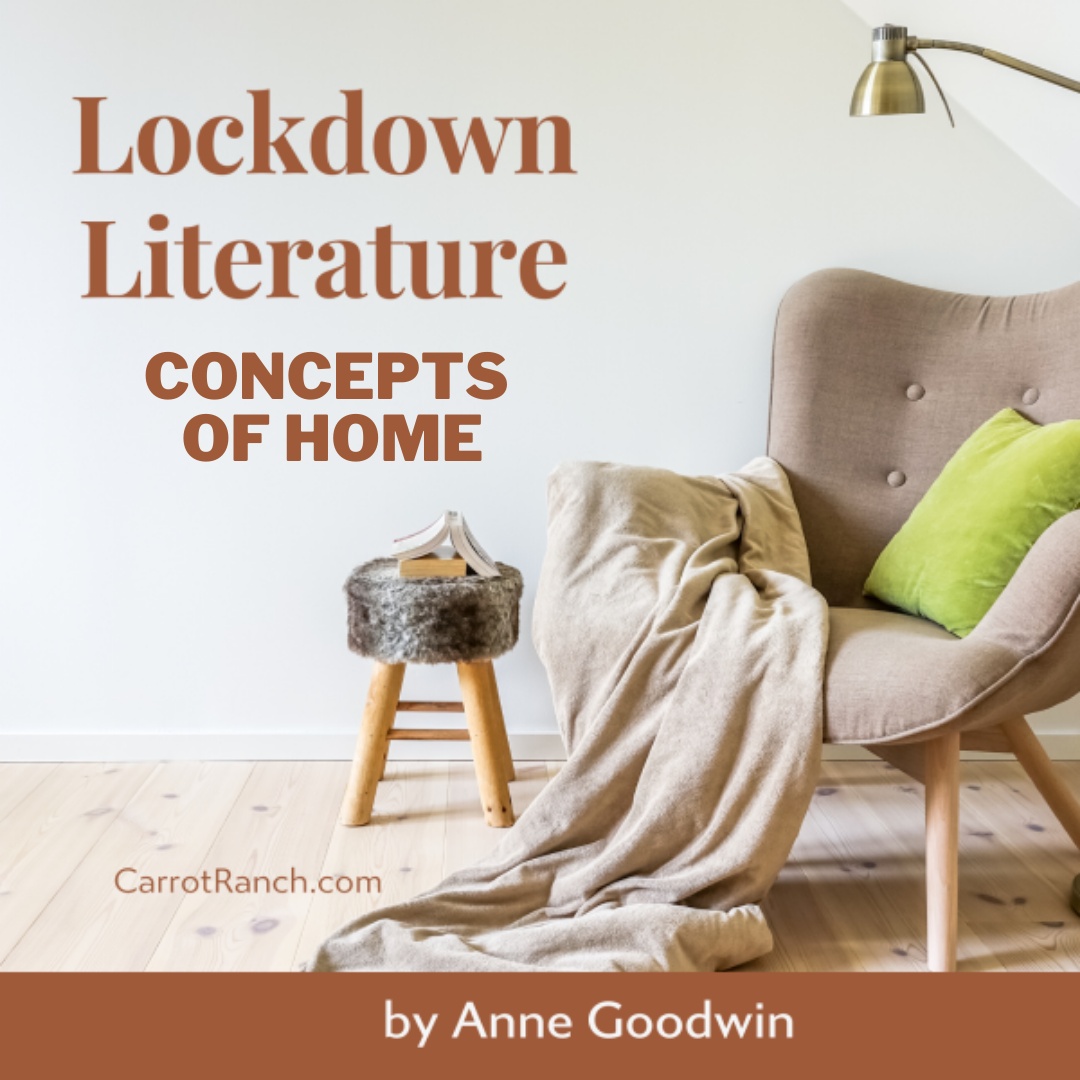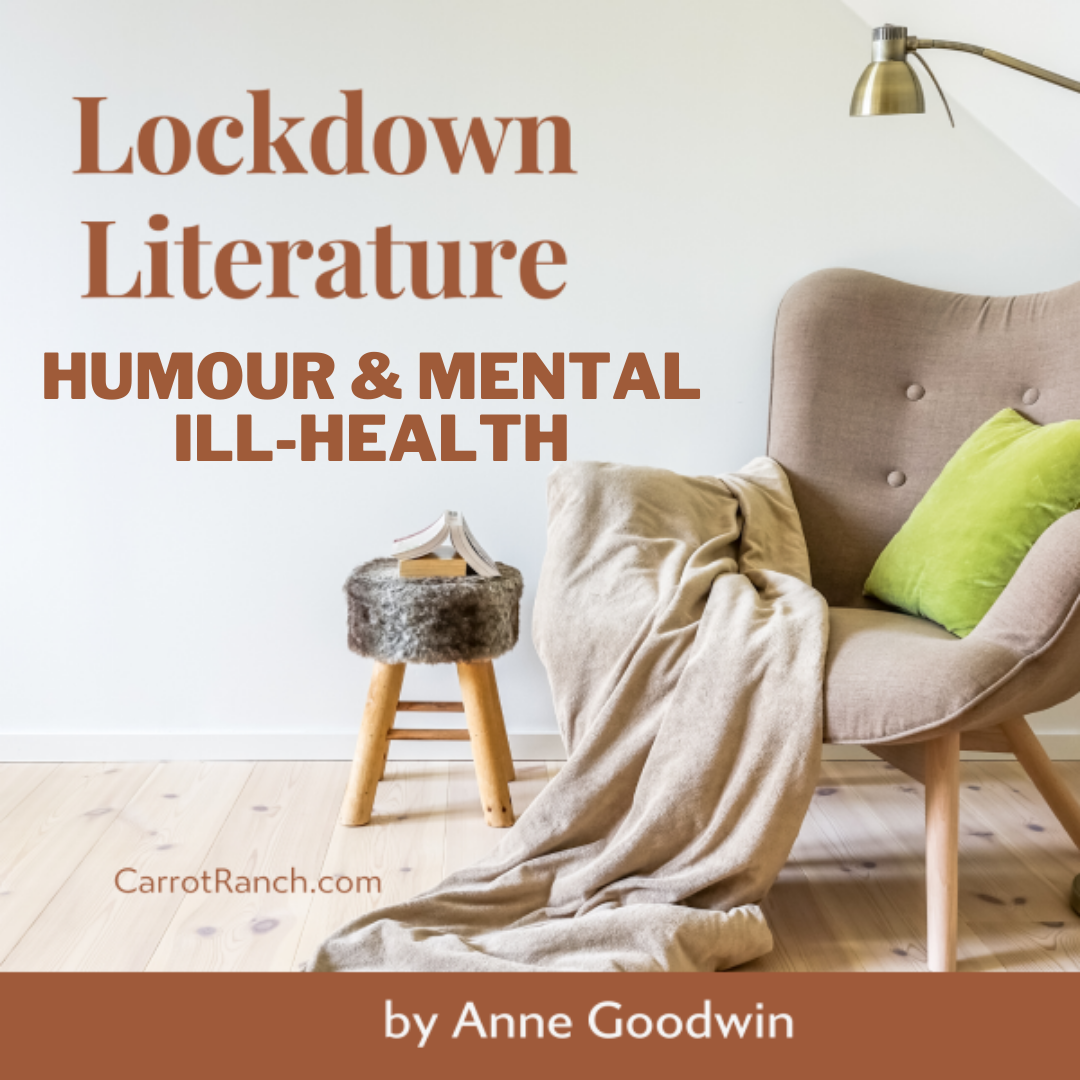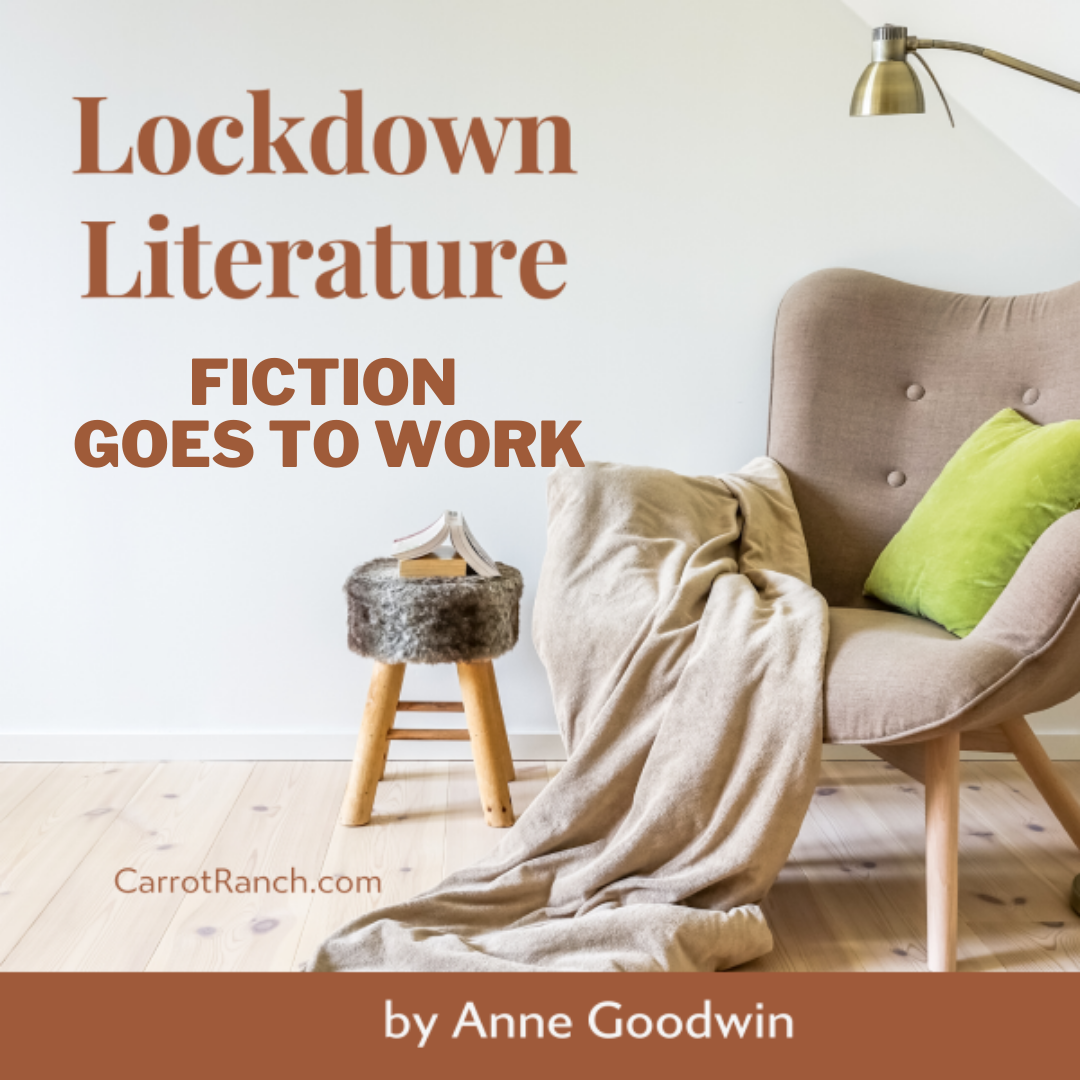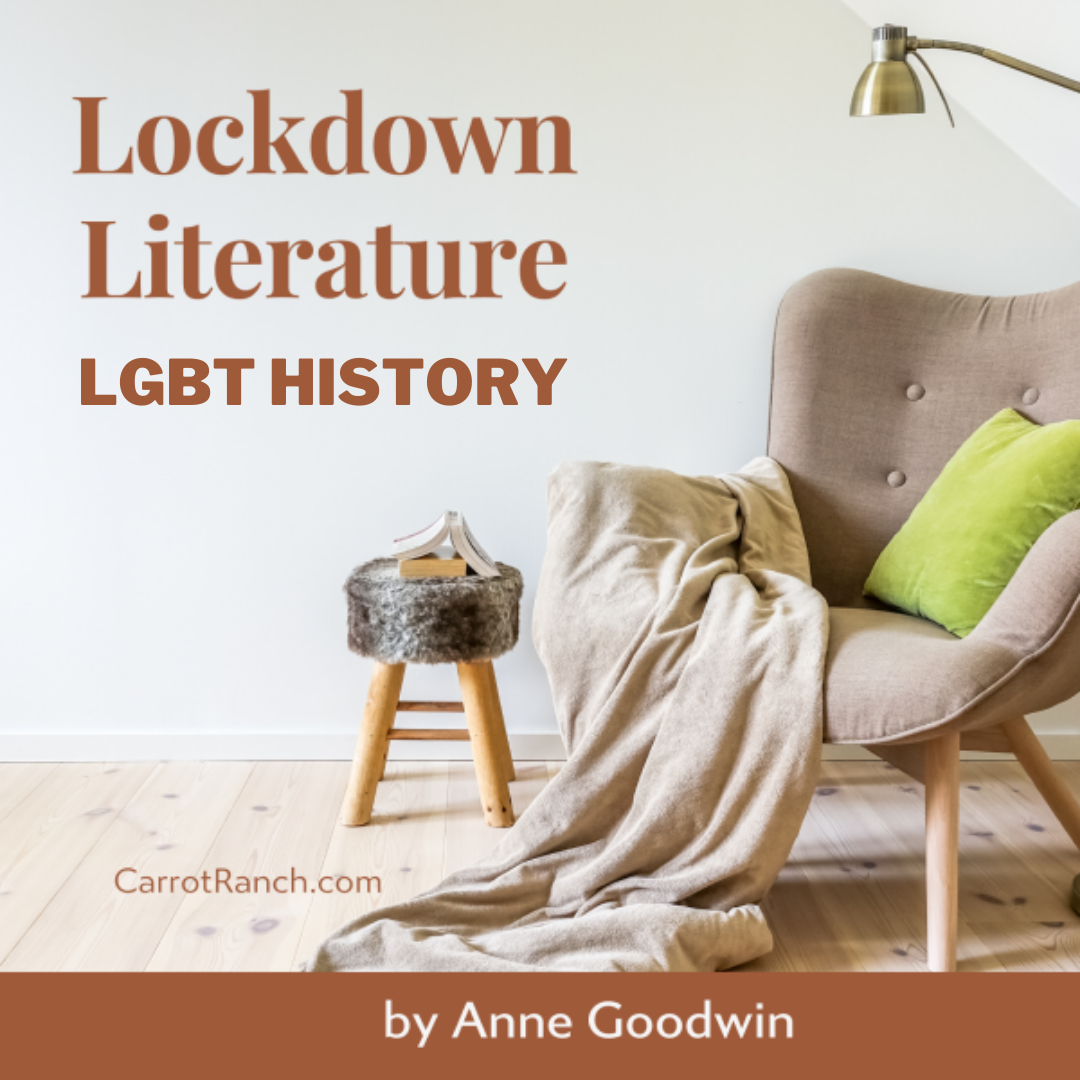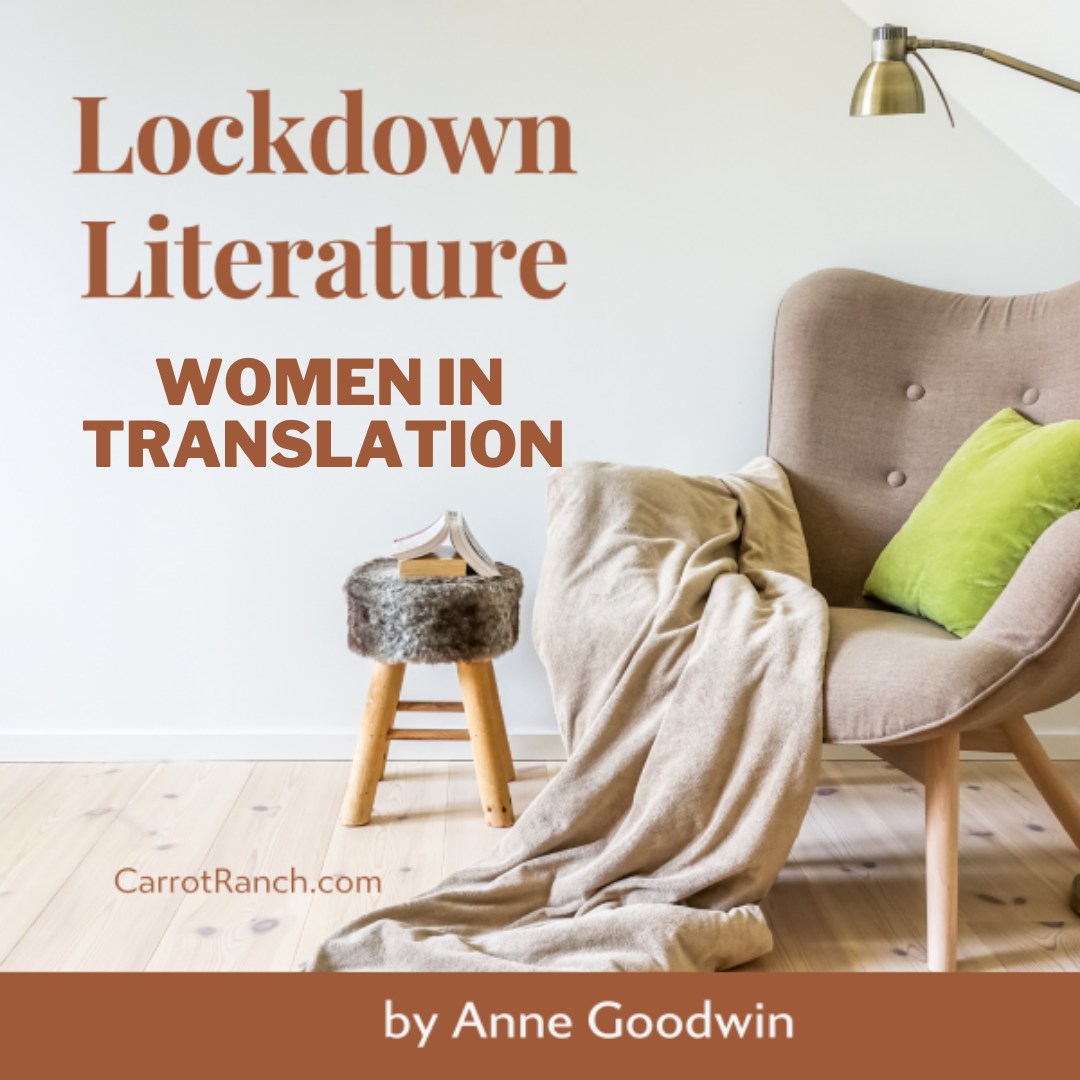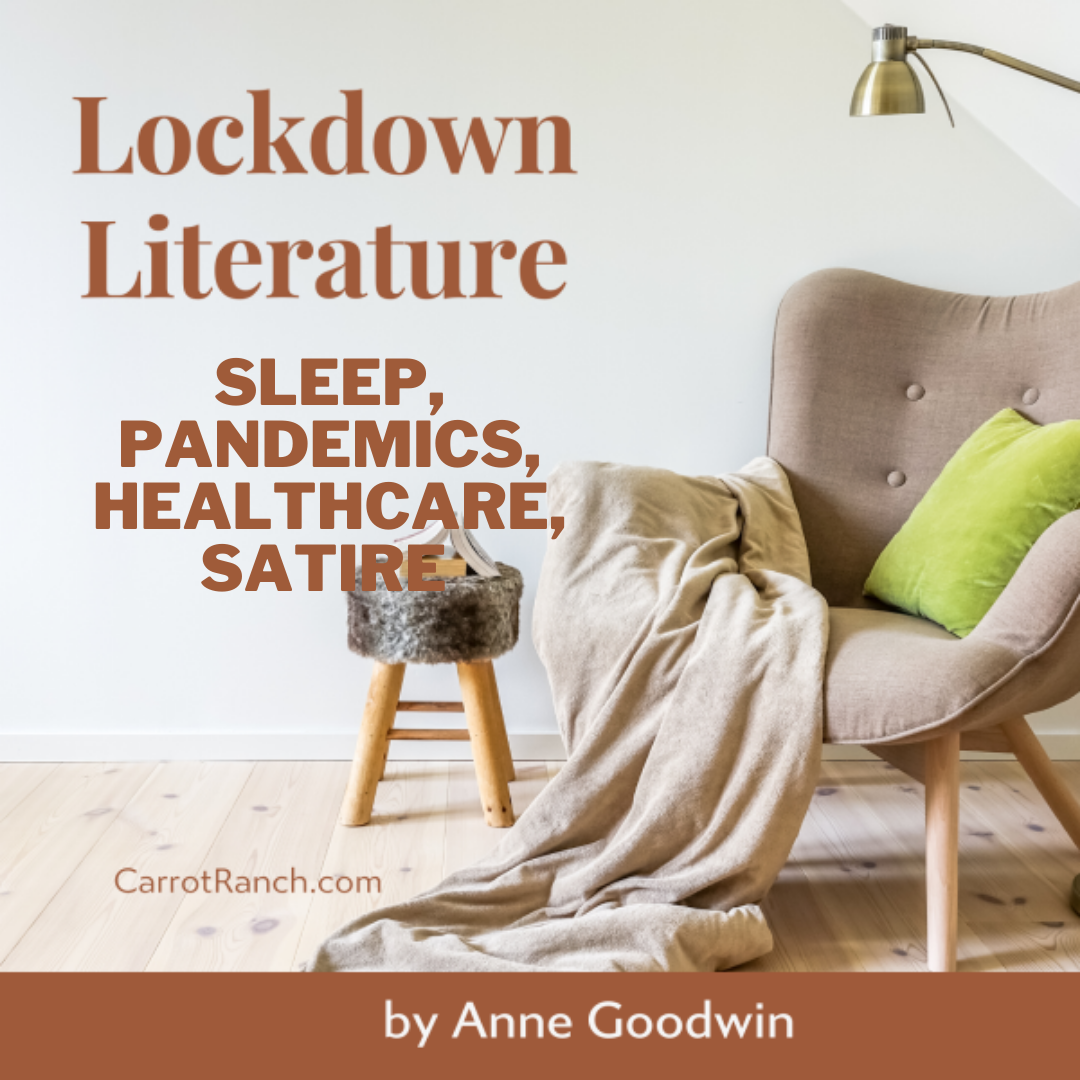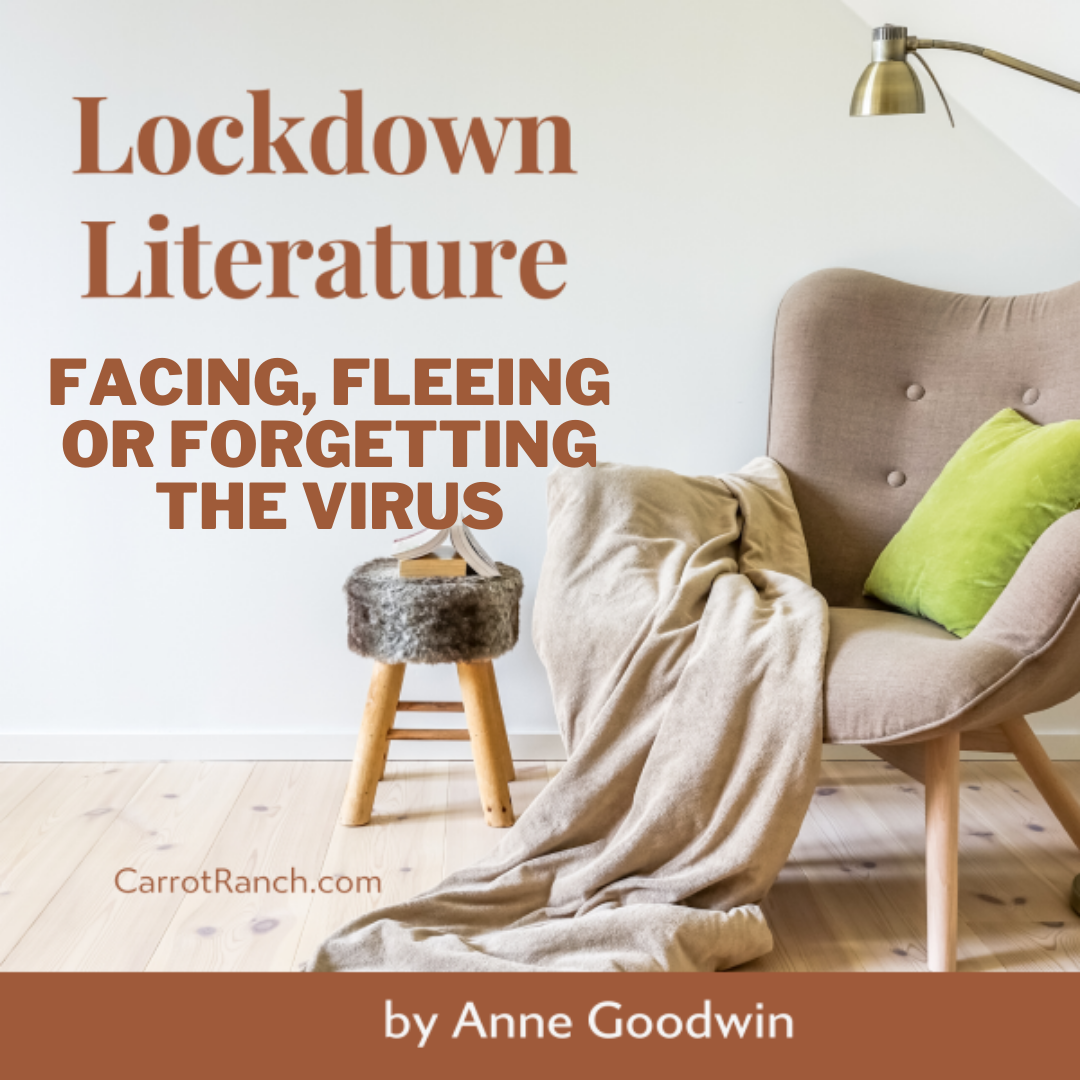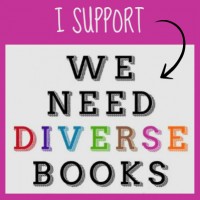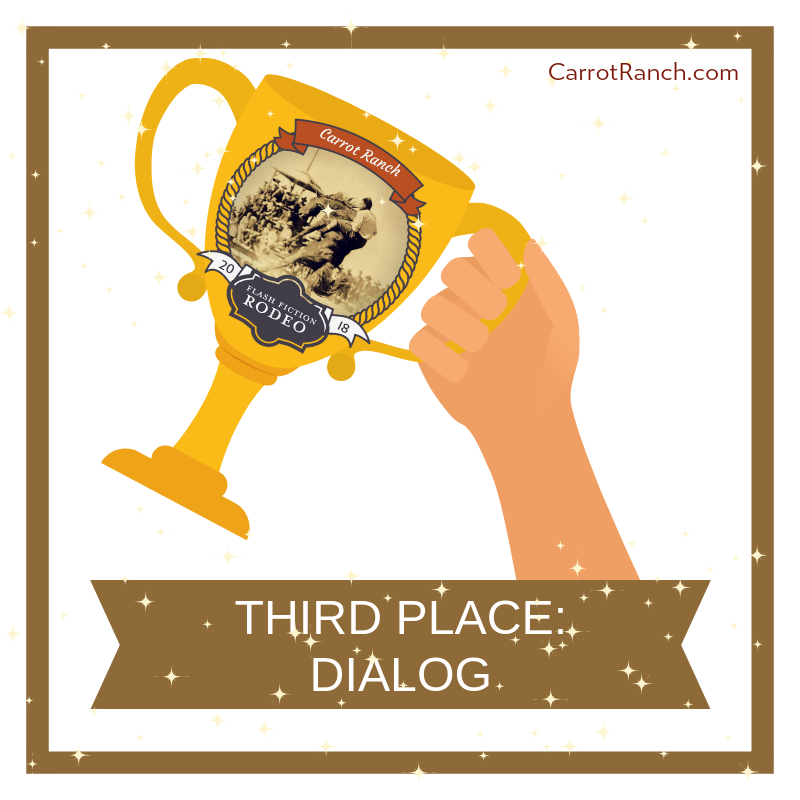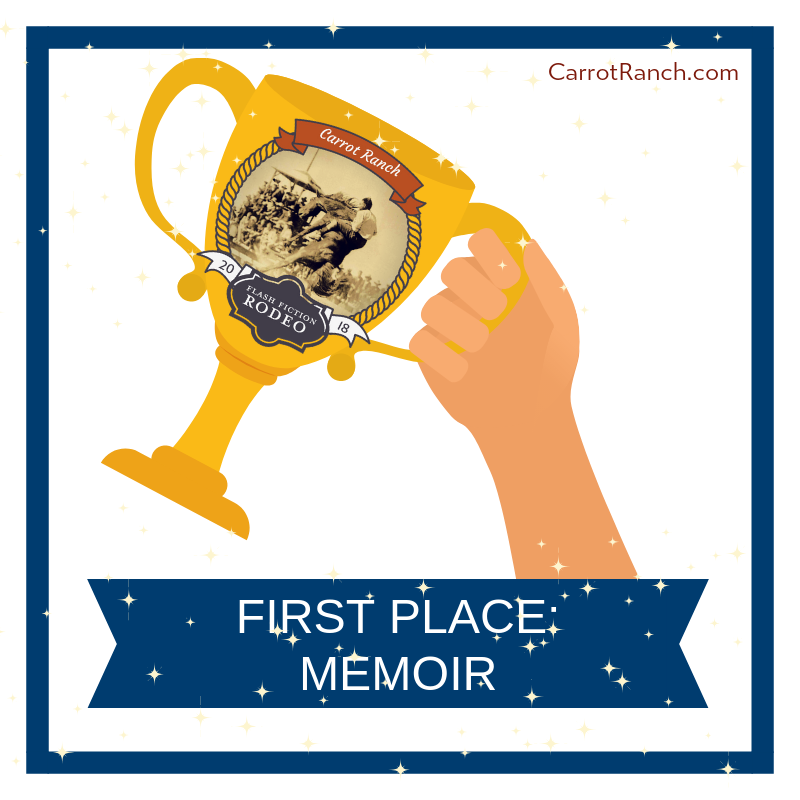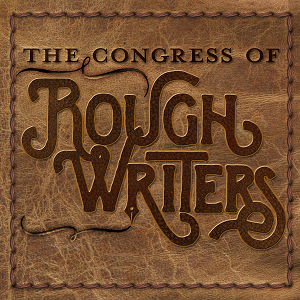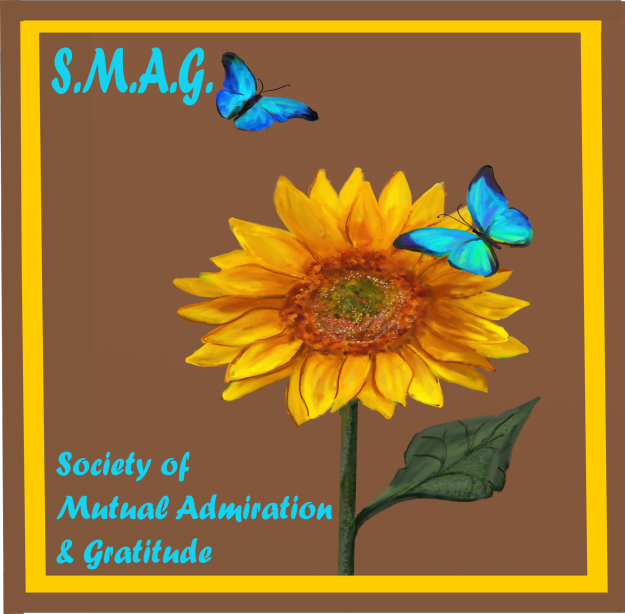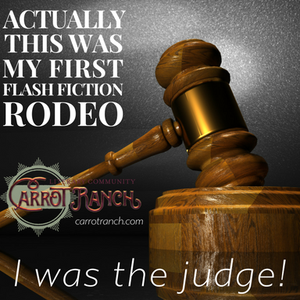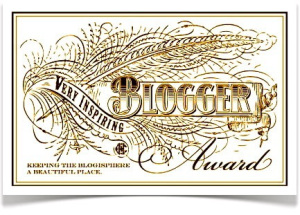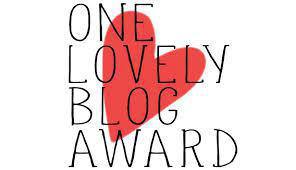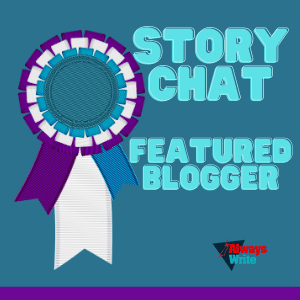Welcome
I started this blog in 2013 to share my reflections on reading, writing and psychology, along with my journey to become a published novelist. I soon graduated to about twenty book reviews a month and a weekly 99-word story. Ten years later, I've transferred my writing / publication updates to my new website but will continue here with occasional reviews and flash fiction pieces, and maybe the odd personal post.
|
While the title declares the first of these novels, set in Lagos, to be about siblings and killings, it’s not immediately obvious how it applies to the second, set in Perak, Malaysia. A boy who feels guided by his dead twin, a young woman strongly attached to her stepbrother, and mysterious deaths that might be the work of a tiger: does that nail it? Read on!
6 Comments
I wondered, initially, whether the fact that these two short novels include images would be sufficient reason to pair them in a post. But, while different in style, they’re both about identity (among other matters). In the first, a young man uses photographs he has inherited to try to understand the woman who kept them, as his own identity seems to merge with hers. In the second, an older man finds his identity as an illustrator losing out to his role as grandfather.
October’s final novel pairing involves migration, mothers and sons, and a couple of anthropoid cats. In the first, reckless spending pushes a mother and her co-dependent son to leave Manhattan for Paris along with the family cat; in the second, a woman is forced to flee Kosovo for Finland, where her son grows up distant from family and roots until he begins an affair with a talking cat.
Two more women in translation: Strike Your Heart & Drive Your Plow over the Bones of the Dead6/9/2018 Women in Translation month was barely over when I picked up these two novels that should help me beat the last twelve months’ total of seven in the coming year. The first French, the second Polish, both focus on women living their lives somewhat apart from their peers. Diana because, growing up without maternal affection, she fills her emptiness with work. Olga, on the other hand, is more outwardly eccentric, and her beef is not with a mother, but with men.
No prizes for guessing why I’ve connected these two novels; I don’t think I’ve ever read another book with gravity in the title – although The Weightless World is about a antigravity machine – and then I find two published in the same month. But rest assured, they’re very different reads: in the first, Lotte feels a stronger pull towards the stars in the sky than her earthly attachments; in the second, love is a force that can furnish reconnections across continents and years.
Two novels in which men consider suicide; doesn’t sound very jolly, does it? But there’s rather more to both these stories, as well as the coincidence of texts punctuated by philosophical aphorisms. Read on and see what you think! And before you leave, check out my latest 99-word story linking suicide, unlikely weather and ravens.
I’ve recently read two novels in which a widower has an uncanny encounter with someone from the fringes which, for them at least, feels replete with meaning. Jim Crace’s widower is also mourning the end of his musical career; whereas, twenty years younger, Rebecca F John’s widower is offered a fresh start in caring for his newborn baby daughter.
1989 brought a transition from communism to democracy across Eastern Europe, with the Velvet Revolution in Czechoslovakia, a 600 kilometre joining of hands across Latvia, Estonia and Lithuania, and the collapse of the Berlin Wall. These two novels feature a part of that story, one ending, and the other beginning, in 1989 and both, as a bonus, featuring narrators brought up by grandparents partly as a result of political events. Set in Latvia before regime change, Soviet Milk is about the difficulty of living a moral life under totalitarianism. Set in the Czech Republic in the very near future, Spaceman of Bohemia is about how a father’s collaboration impacts on the career and choices of his son.
I like fiction that shows the characters at work, but it can be difficult to pull off convincingly. While approaching it from very different angles – British writer Lucy Atkins in a thriller about a highflying TV presenter and historian; American Helen Phillips in a satire about a data entry clerk – both have produced extremely satisfying reads.
From a day in the life of a city in mourning to a week in a busy hospital, in both these novels a large cast of characters tell not only their individual stories, but the story of the settings that shape their interlinked lives.
Apart from featuring supernatural rescues, these two novels have very little in common. But since I rarely read anything that takes me away from the rational, that’s enough to pair them in a post. While in A Jigsaw of Fire and Stars the spirits of the drowned migrants – plus a magic flute and a clutch of snakes – are firmly on the side of the good guys, the miracle cure in Fever Dream has a be-careful-what-you-wish-for flavour. Intrigued? Read on!
A historical novel about Arctic exploration or a novel set in a near-future South Africa? A romance or an account of a relationship falling apart? A motherless girl or a fatherless boy? Wild animals or ice? Both of these novels explore the conflict and compassion that connects us to the natural world, but it was a bonus for me to read that the protagonist of Green Lion told his friend that his father was killed in a hunting accident in the Arctic, the setting of Under a Pole Star. Read on to see if I was right to pair these reviews.
What’s special about the fox? What do we project into these beautiful, furtive and sometimes highly disruptive creatures? Two impressive debut novels depicting an individual in crisis locking eyes with a fox might go some way towards answering these questions – and other enigmas of the human condition. The first, in which the fox takes centre stage, takes place in an urban setting; the second, where the fox is only one of several animals encountered, is in a rural context. Although I have less to say about the second, I can heartily recommend both.
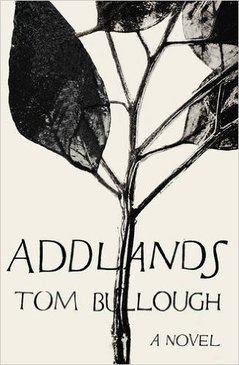 Less than a week after I published my post on how we relate to fictional characters as if they were real, I was chatting to a farmer out on the moors. He was on his quad bike looking for some motorbikers who’d trespassed on the land that feeds his sheep and cows; I was patrolling on foot enjoying the sunshine and wildlife and hoping the next people I asked to put their dog on a lead would comply. We spoke about the impact of the human footprint (and tyre) on the changing landscape, and he referred to other farmers he knew in tourist hotspots who have to contend with far more visitors. Ever conscious of my limited countryside knowledge, I wanted to tell him that I knew a farmer too. But I didn’t, because the farmer I had in mind lives in a book. So I’m telling you instead. As Norah commented on my cognitive poetics post, finding a suitable channel to sound off about our reading is part of the motivation for writing blogs.
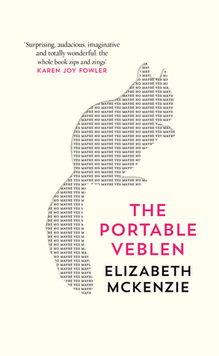 Paul and Veblen are engaged to be married. They’re clearly in love and clearly, with their mismatched attitudes to the world beyond themselves, unsuited for the decades of companionship we hope will follow a wedding. It is obvious from the moment Paul gives her a ring, with a diamond so large it interferes with her obsessional typing. Unlike Veblen, who espouses the anti-capitalist values of her namesake, the economist Thorstein Veblen, Paul is ambitious. A research neurologist, when the pharmaceutical empire Hutmacher offers him the opportunity to begin clinical trials on the device he’s developed to minimise battlefield brain damage, he dismisses his ethical reservations with the word Seropurulent “an ironic superlative they used in med school for terrible things that had to be overlooked” (p62). Raised by hippies, the trappings of the consumerist world spell safety for Paul (p66): Becoming a person: The Cure for Suicide by Jesse Ball & The Man I Became by Peter Verhelst22/2/2016 Let me share with you my reflections on two highly original novels about dissemblance and truth in the process of becoming a person. Although the publishers don’t do so, I’m classing both as slipstream fiction, a place between fantasy, sci-fi and literary fiction I’ve also explored in my own short stories. Read on, and let me know what you think.
|
entertaining fiction about identity, mental health and social justice
Annecdotal is where real life brushes up against the fictional.
Annecdotist is the blogging persona of Anne Goodwin:
reader, writer, slug-slayer, tramper of moors, recovering psychologist, struggling soprano, author of three fiction books. LATEST POSTS HERE
I don't post to a schedule, but average around ten reviews a month (see here for an alphabetical list), some linked to a weekly flash fiction, plus posts on my WIPs and published books. Your comments are welcome any time any where. Get new posts direct to your inbox ...
or click here …
Popular posts
Categories/Tags
All
Archives
March 2024
BLOGGING COMMUNITIES
|
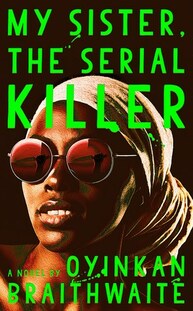
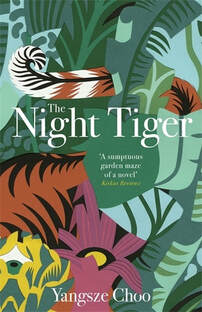
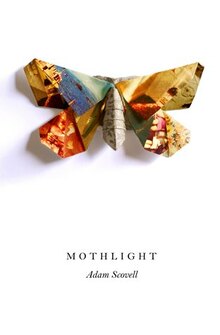
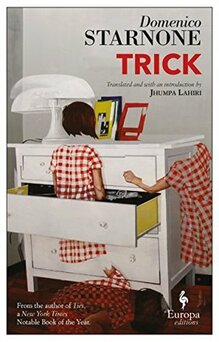
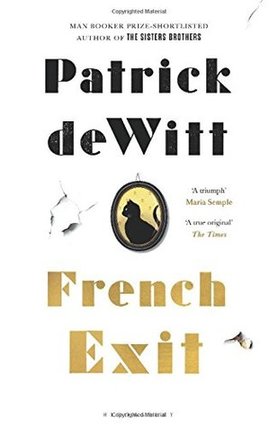
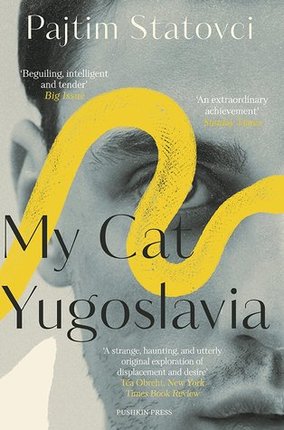
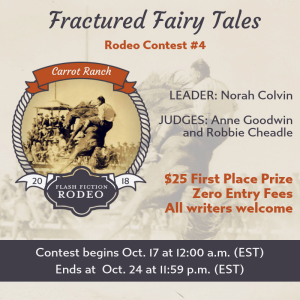
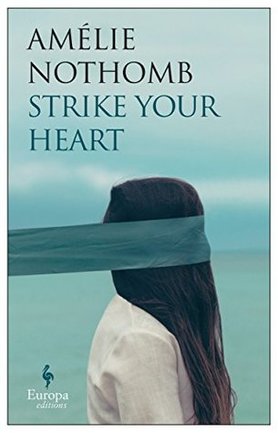
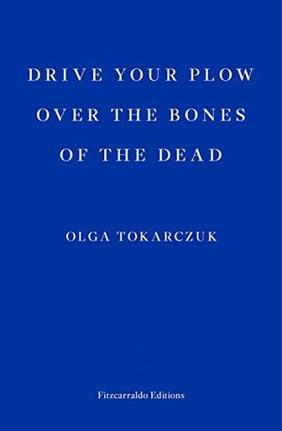
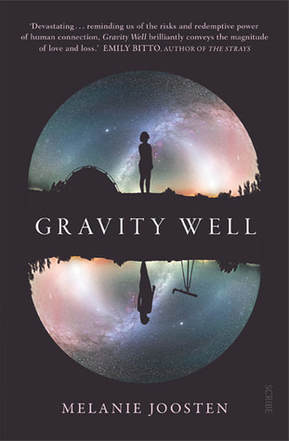
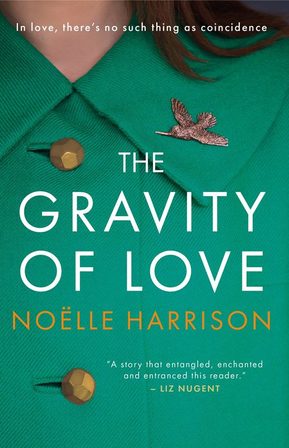
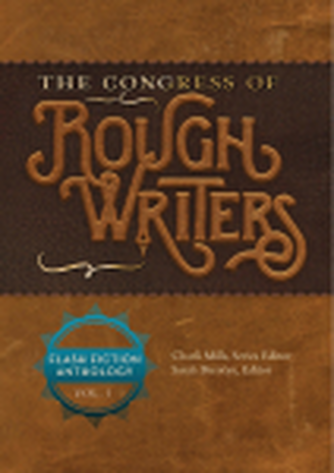
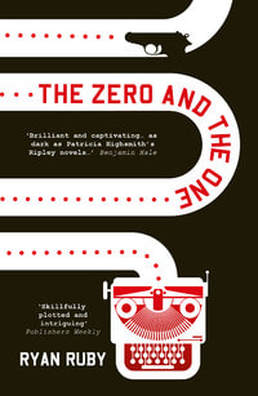
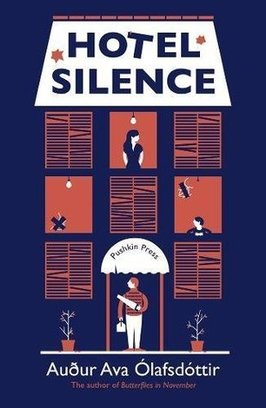
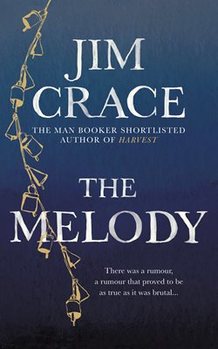
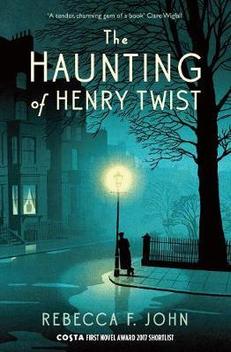
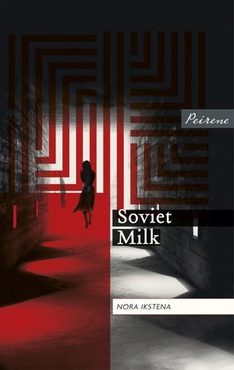
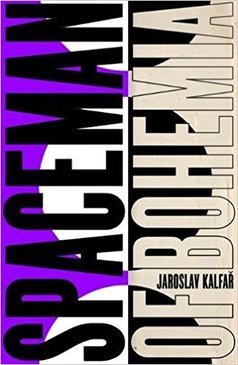
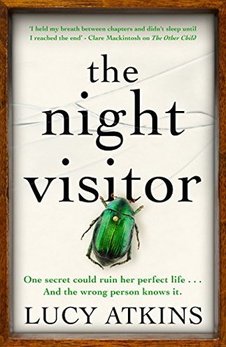
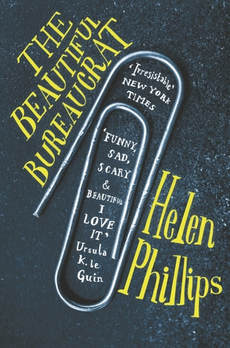
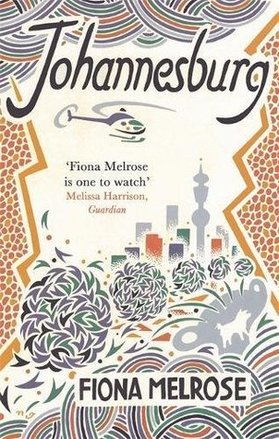
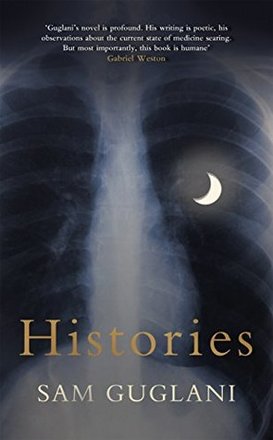
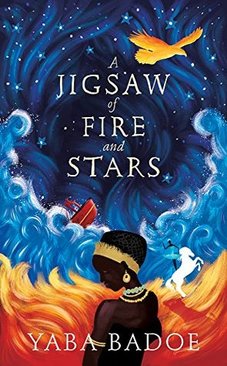
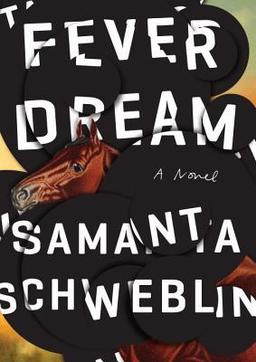
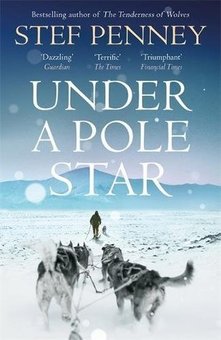
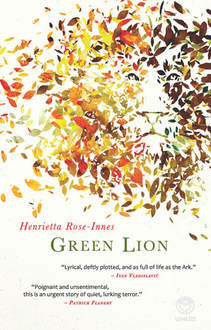
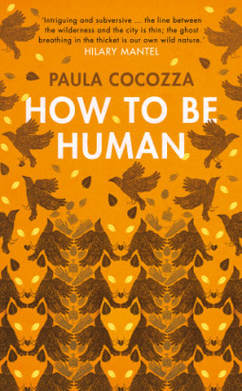
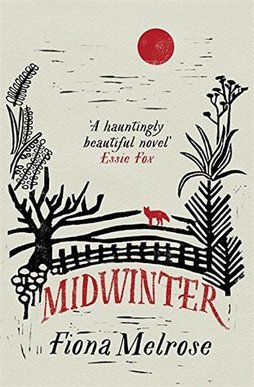
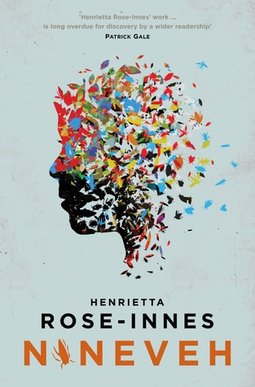
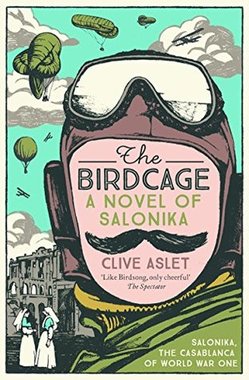
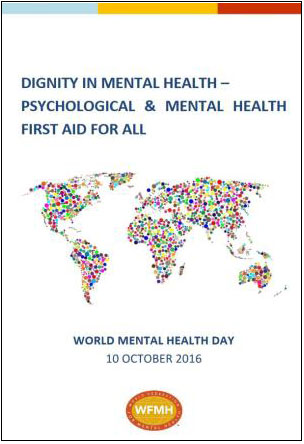
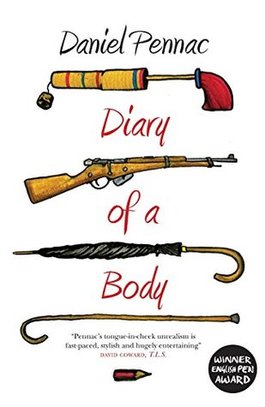
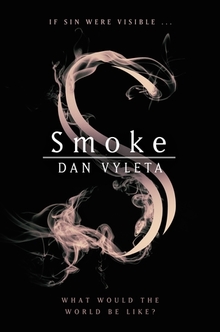
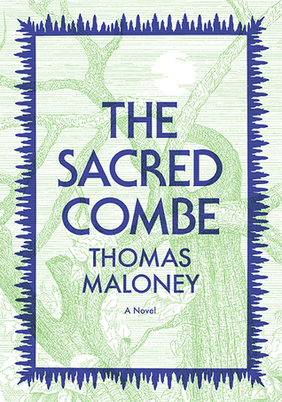
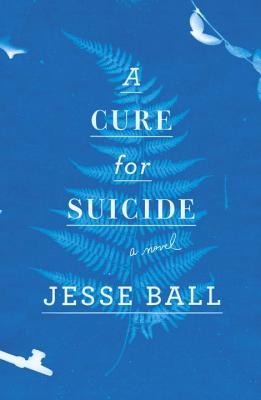
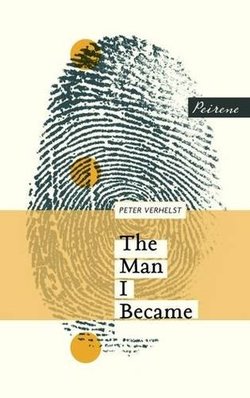
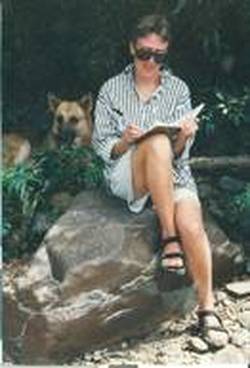
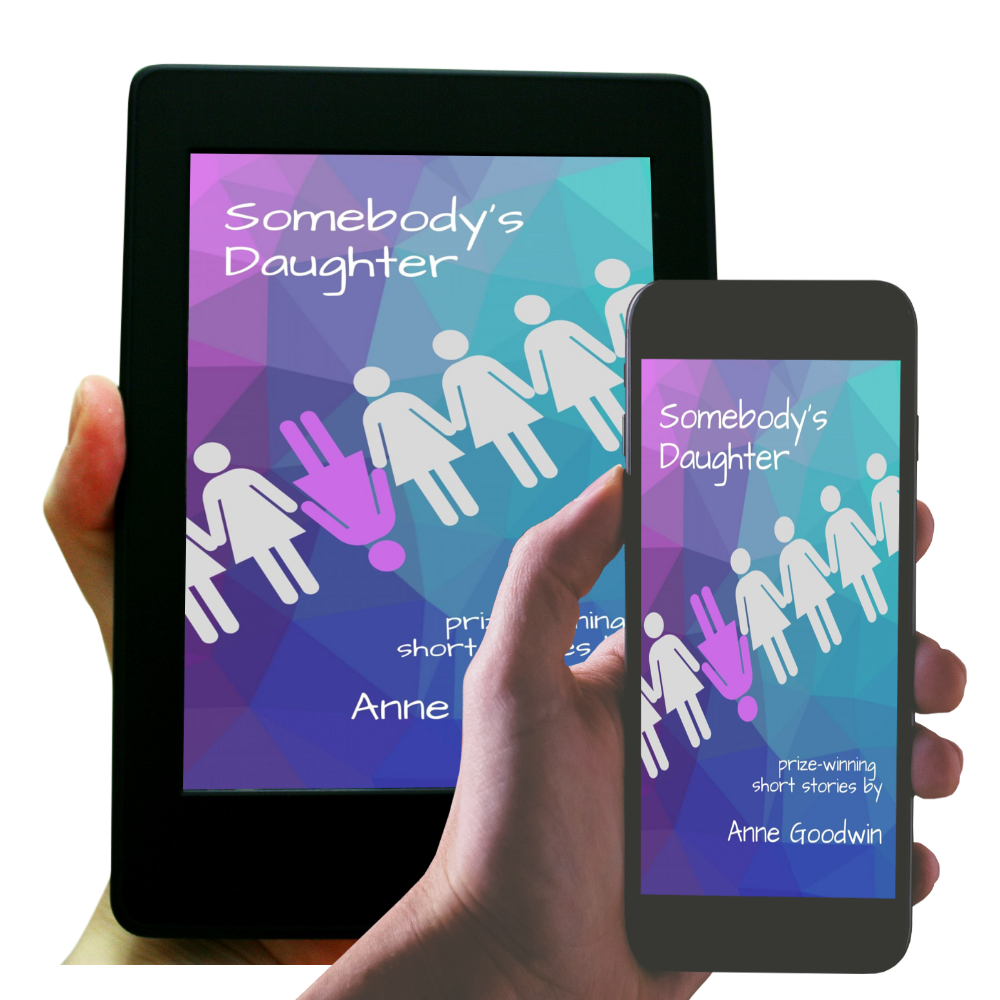
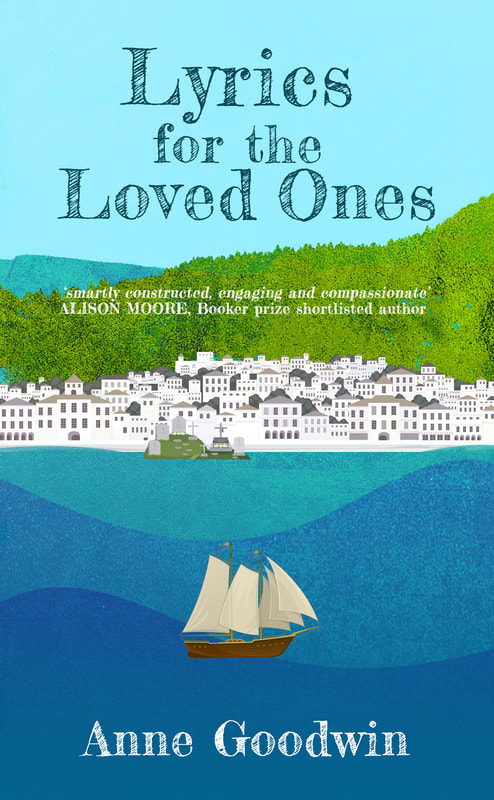
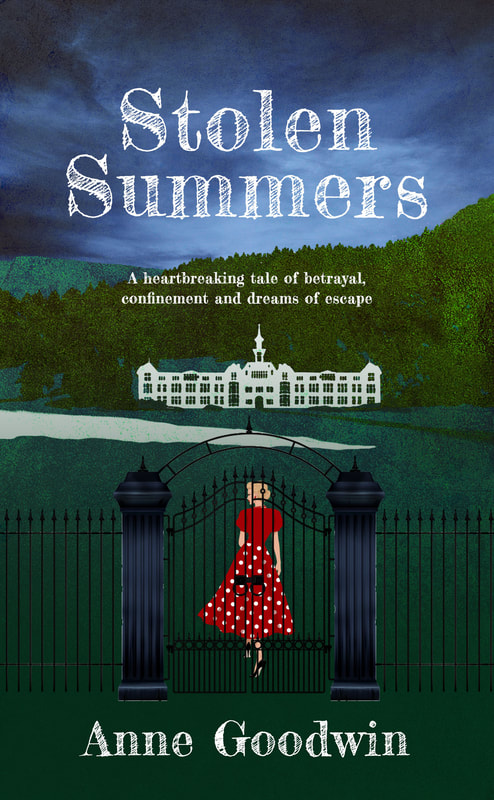


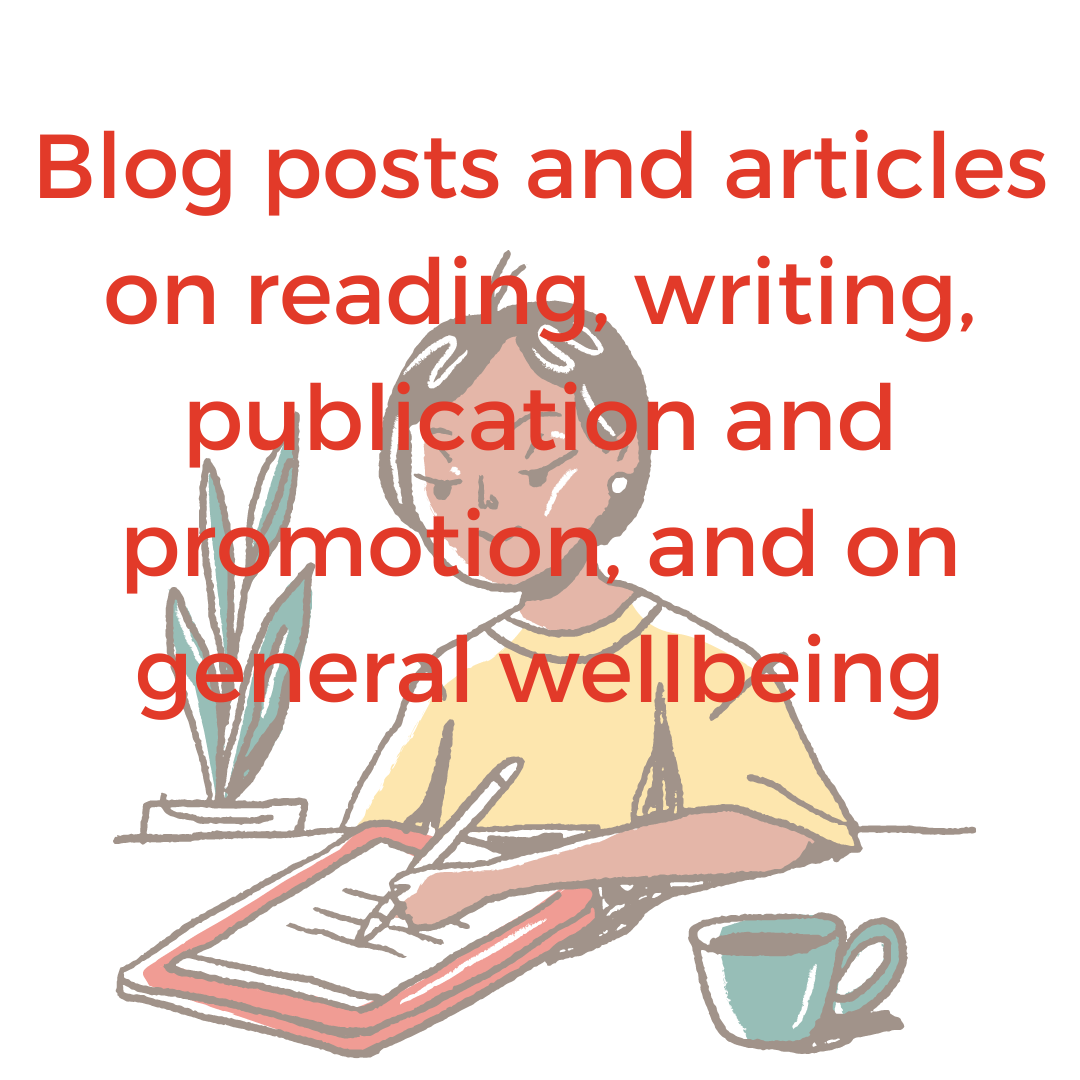
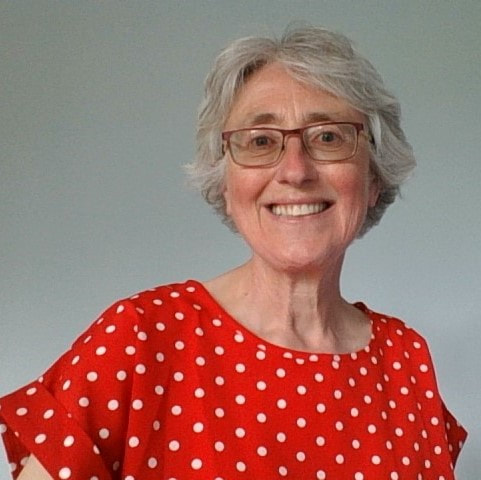
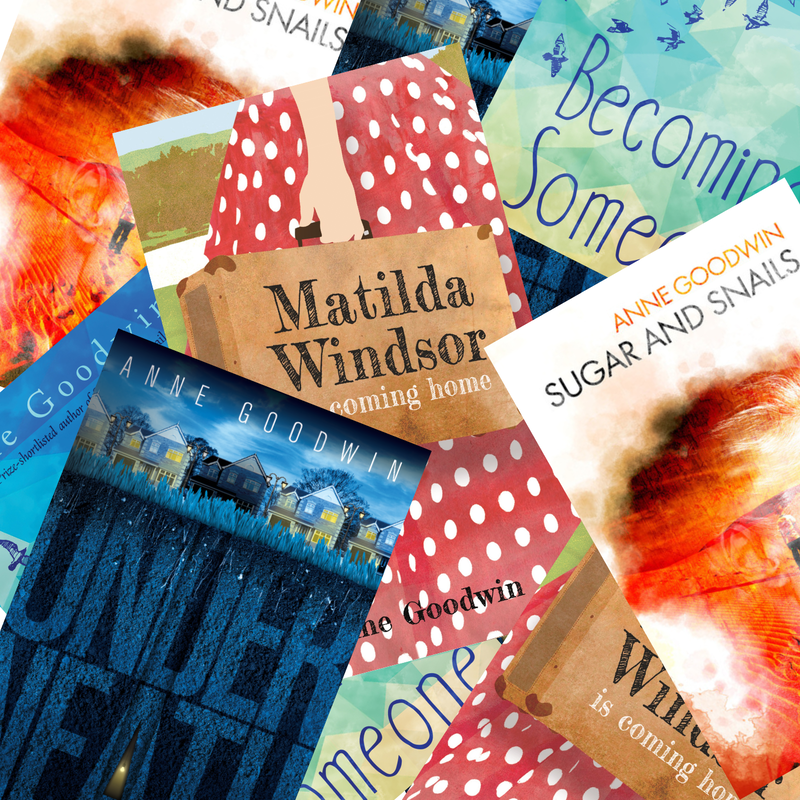
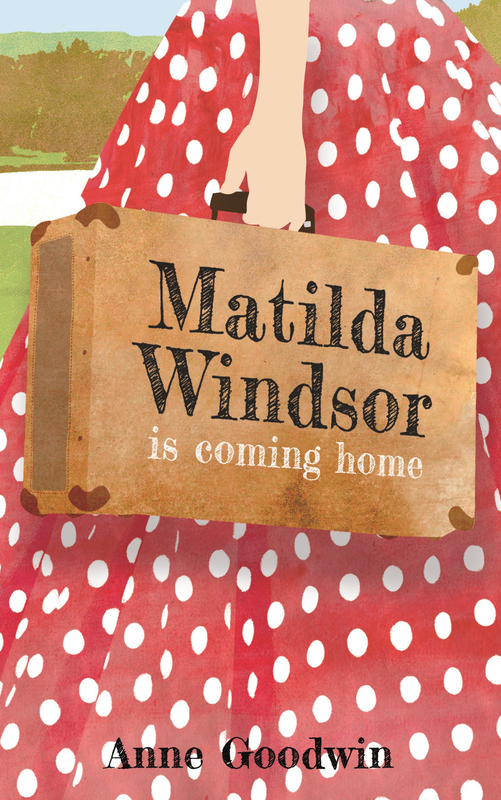
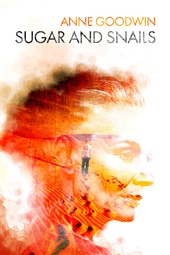

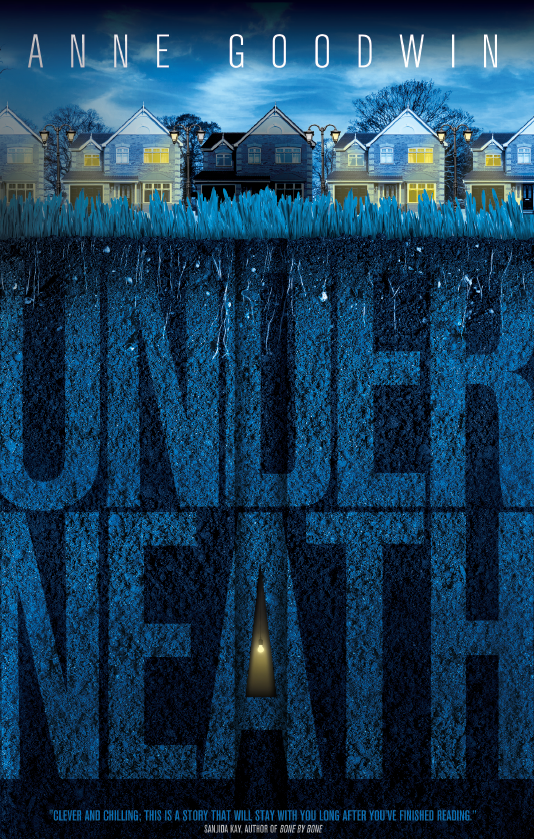
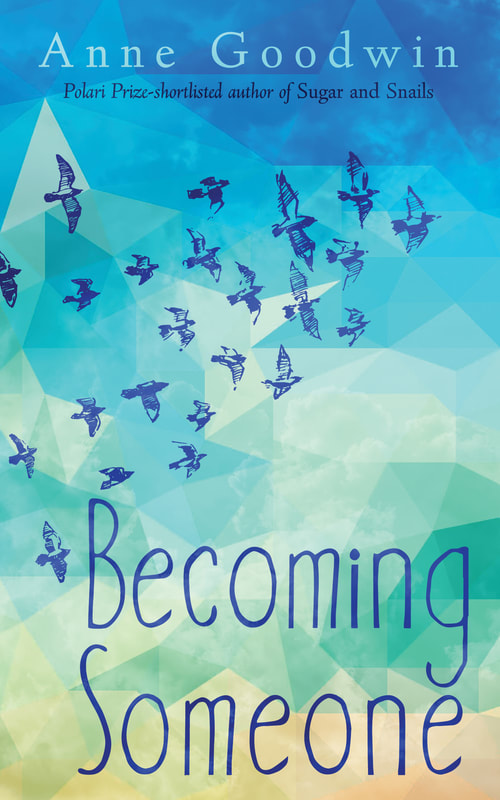






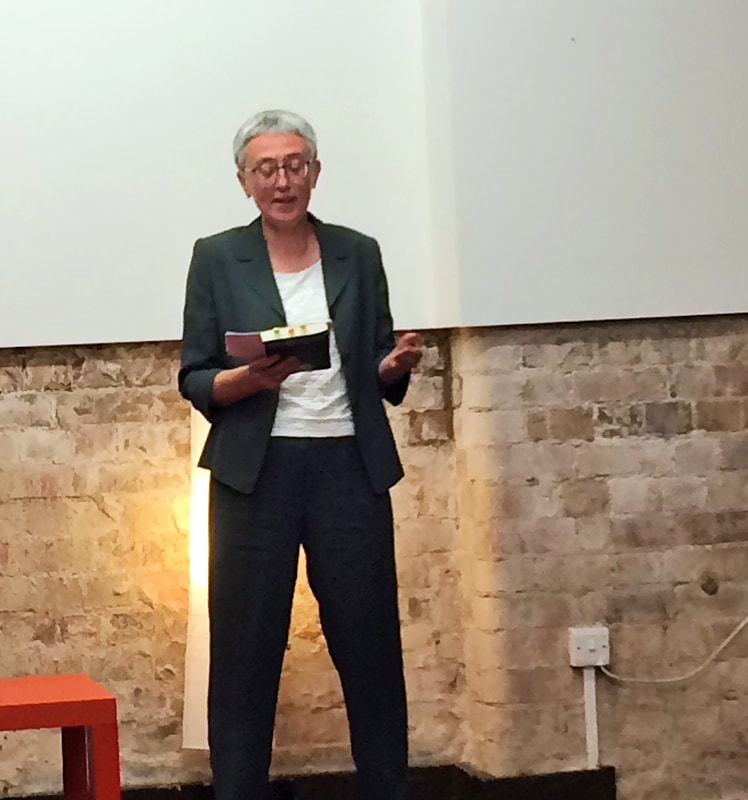

 RSS Feed
RSS Feed



